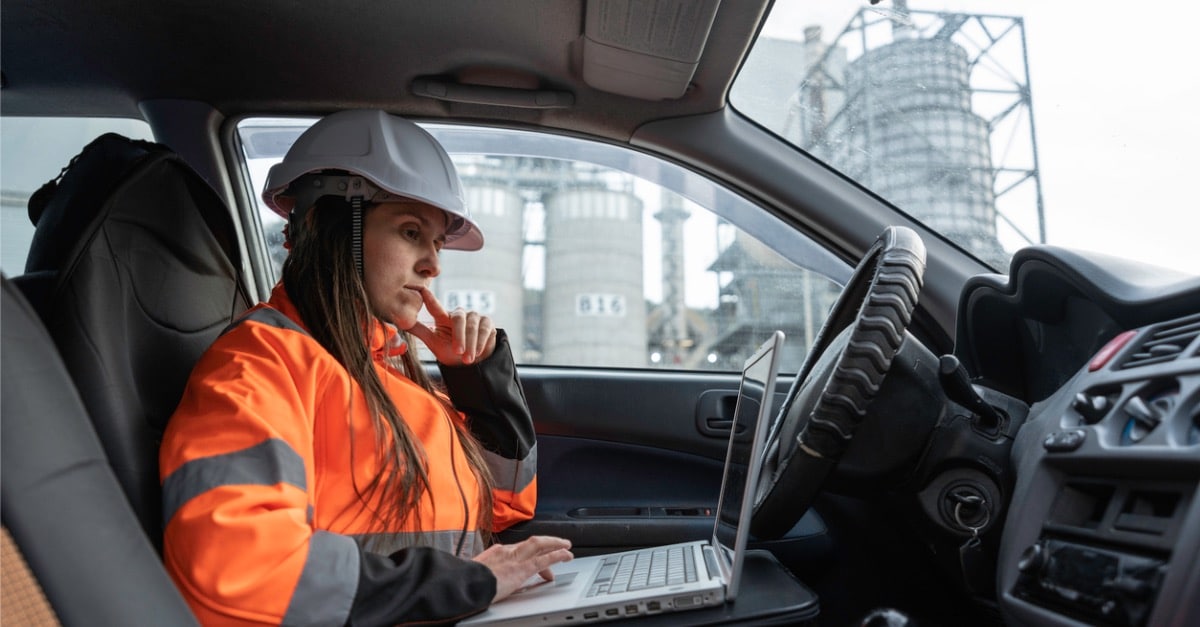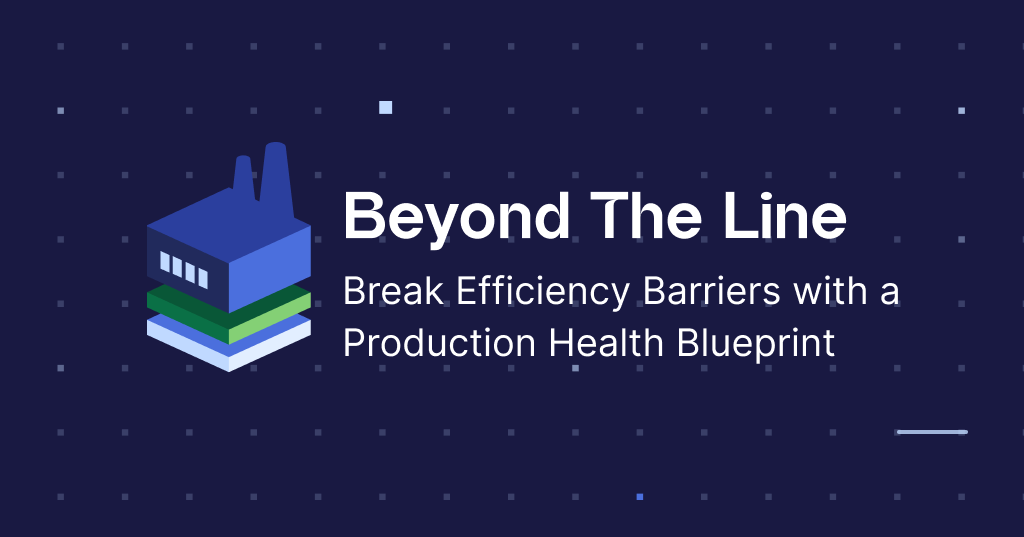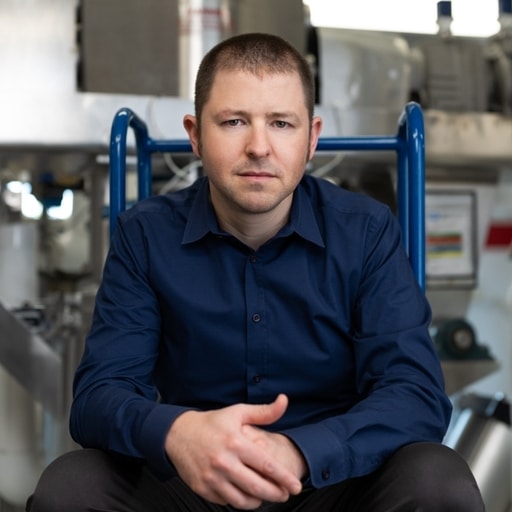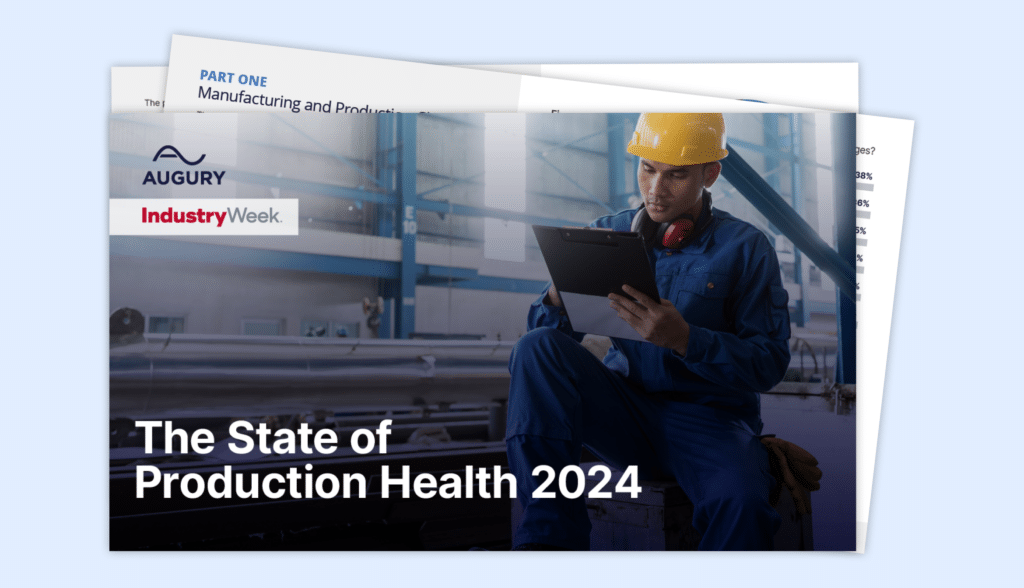
Augury CEO Saar Yoskovitz is a committed techno-optimist. A recent webinar with business consulting firm Frost & Sullivan reflects his sunny outlook on how tech can help manufacturing solve its most pressing problems. “It doesn’t matter where you are on that road; the tools are already there to drive you forward,” says Saar.
‘The AI-driven Factory: How Production Health Will Shape the Future of Manufacturing’ features our own VP of Strategy, Artem Kroupenev, and Sebastián Trolli, the Research Manager and Global Head of Industrial Automation at Frost & Sullivan.
As a deep-dive fireside chat, it does a wonderful job summarizing current manufacturing realities and outlines how the industry will transform over the next five to ten years – with early adopters having already paved the way.
Our Age Of Complexity And Innovation
Sebastián ably described the ongoing challenges facing manufacturers today as defined by two words: ‘complexity’ and ‘innovation’. As he formulated it: “On one hand, there’s the urgent need to adapt to evolving market demands and stringent environmental regulations. On the other hand, there’s the challenge of leveraging technology to make these adaptations possible and profitable.”
A flurry of issues works to stir up the complexity: the skilled labor shortage, continued post-COVID supply chain disruptions, nagging inflation, shaky geopolitics affecting trade, etcetera. It’s a long and, unfortunately, long-familiar list.
There is good news. “Manufacturing operations are benefiting from the deployment of new technologies, which are offering solutions to traditional problems and opening up new avenues for growth and revenue,” says Sebastián. “The massive amount of data generated from operations presents a goldmine for optimization and innovation. However, the challenge lies in effectively harnessing this data to drive actionable insights. Analytics and AI are crucial to unlocking this potential.”
Ready for the next era of efficiency?

From Paper To Satellite
So, how far are we, as an industry, in applying such innovations concretely? Frost & Sullivan’s statistics are sobering. Despite the proven impact of AI and analytics on production optimization, a staggering 90% of manufacturers have not embraced AI at all yet. And of those who do take on digital transformation projects, 75% of these projects fail – succumbing to what’s called ‘pilot purgatory’.
Artem provided an insightful analogy to put these numbers into perspective and highlight how we are, in fact, beginning a journey of ongoing progression. “Look at transportation over the last 20 years. We began with using paper maps. Then, we had these static GPS routes. And now, in the last 10 years, we’re using real-time turn-by-turn navigation. You can add stops. It adapts to traffic conditions. The basis is now laid for autonomous driving,” says Artem. “And now a similar thing is happening in manufacturing.”
“Though we’re still at maybe 1% of adoption, across the wider industry, in five or ten years, it will be irresponsible not to implement these new approaches that can optimize the health of your machines and processes. You’ll simply be left behind. In fact, technologies are already out there as reliable products providing tons of value.”
ETA May Be Pushed Back, But We’ll Get There
Certainly, a factory can be compared to a car: they both have inputs, outputs, and complexities. To get the plant from A to B in terms of its optimization and driving product, many moving parts need to be navigated towards a similar goal. And that’s exactly what we’re seeing across manufacturing today. Unfortunately, too many manufacturers are still at the paper map stage.
However, this is set to change fast, according to Artem. “Though we’re still at maybe 1% of adoption, across the wider industry, in five or ten years, it will be irresponsible not to implement these new approaches that can optimize the health of your machines and processes. You’ll simply be left behind. In fact, technologies are already out there as reliable products providing tons of value.”
Follow The Leaders
Indeed, many factories are already achieving autonomy across various use cases – such as with Machine Health, where unplanned downtime is essentially a thing of the past. “And it’s important to note that by autonomy, I don’t mean that the factory has no people operating it,” says Artem. “In fact, the opposite is true: the people are empowered to really know how to optimize that factory, to create those double-digit improvements, in terms of efficiency, productivity, sustainability, and so forth.”
And, thanks to these pioneers, there’s already a clear roadmap for overcoming standard hurdles, such as establishing an effective change management program, properly documenting ROI and other wins, setting up a reliable IoT infrastructure, and dealing with legacy IT systems.
Towards The Eternal ‘Golden Batch’
Meanwhile, these pioneers continue to push ahead. Machine Health and Process Health are both great. But the real goal is to combine these data streams, along with others, to provide actionable insights to optimize for full Production Health. In other words, we will be able to choreograph a dance between arenas that were previously wholly separated.
“There is absolutely an optimal way to run a factory at any given time,” notes Artem. “And most factories have run at their peak at some point in their history when all the stars were aligned. Everything was just perfect for a short period of time: the perfect production shift, producing the perfect product in the most efficient way possible. But then things go downhill. And there are too many variables to understand what went so right – or wrong.”
And now, with AI, we have the perfect tool to juggle countless variables – and do that in real-time so we have time to make adjustments to recreate that ultimate “golden batch.” Plus, you’ll be able to adjust your production process for multiple objectives – for instance, increasing yield and quality while saving energy and time.
As Sebastián summarized nicely: “I see the future of manufacturing as brighter than ever.
Let’s get to work.
Watch the full fireside chat: The AI-driven Factory: How Production Health Will Shape the Future of Manufacturing’.
Ready for the next era of efficiency?







